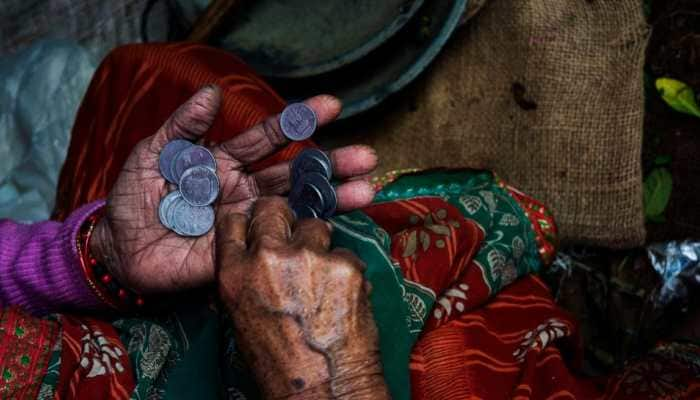Gyanvapi Masjid case: Controversial history, timeline and long-drawn legal battle, read here
Gyanvapi Masjid case: The current controversy is not the first one for the Gyanvapi mosque. The masjid has been a centre of argument since 1194. Here are some interesting facts about Gyanvapi Masjid and its history.
- A petitioner alleged that the Gyanvapi mosque was built by Aurangzeb by demolishing a temple
- On April 8, 2021, a Court order was issued to carry out an archaeological survey
- The survey began conducted on 14th April 2022
Trending Photos
) File Photo (PTI)
File Photo (PTI) New Delhi: After the Babri mosque, the conversations around Varanasi’s famous Gyanvapi masjid have turned into a controversy after a petitioner alleged that the mosque was built by Mughal emperor Aurangzeb by demolishing a temple in the 16th century. The petitioner demanded a detailed survey of the complex by the Archeological Survey of India.
The survey move received strong reactions from both sides of the argument. The Supreme Court on Friday (May 13, 2022) refused to grant an interim order of status quo on the survey of the Gyanvapi-Shringar Gauri complex at Varanasi in Uttar Pradesh adding that the survey will be taped in a video.
Also Read: Always worried about my family's safety- Judge who ruled on Gyanvapi masjid survey expresses concern
However, this is not the first time that the Gyanvapi mosque has been pulled into a controversy, the masjid has been a centre of argument since 1194. Here are some interesting facts about Gyanvapi Masjid and its history.
The 1936 Gyanvapi controversy
According to the court archives and documents, in 1936, a trial to ascertain the validity of the Gyanvapi mosque witnessed many people including Professor Altekar’s testimony.
On 14 May 1937, historian of Banaras origin Professor Paramatma Sharan gave a statement on behalf of the British Government in which he presented excerpts of 'Ma Asire Alam Giri', written by the historian of Aurangzeb's time which said Gyanvapit Mosque was a temple in the 16th century.
The legal history
Lawyer Vijay Shankar Rastogi who is representing the Hindu side said that under Section 57 (13) of the Indian Evidence Act, the historical fact mentioned in the general history books is recognized as evidence.
Thus, Historical accounts of Altekar and the Chinese traveller Hiuen Tsang that are registered under the Indian Evidence Act 1872, talk about a temple and a hundred feet long Shiva Linga.
The Gyanvapi mosque timeline
- In 1936, a case was filed in the District Court against the British Government for the right to offer Namaz in the entire Gyanvapi complex.
- Seven witnesses were presented on behalf of the claimants and 15 on behalf of the British Government.
- On 15 August 1937, the right to offer Namaz in the Gyanvapi mosque was granted explicitly adding that such prayers can’t be offered anywhere elese in the Gyanvapi complex.
- On 10 April 1942, upholding the decision of the lower court, the High Court dismissed the appeal.
- On 15 October 1991, Pandit Somnath Vyas, Dr Ramrang Sharma and others filed suit in the Varanasi court for the construction of a new temple at Gyanvapi and the right to worship
- Against this order in the High Court in 1998, two petitions were filed on behalf of Anjuman Inazaniya Masajid and UP Sunni Waqf Board Lucknow.
- Pandit Somnath Vyas died on 7 March 2000
- On October 11, 2018, former district government advocate Vijay Shankar Rastogi was appointed as a litigant in this case.
- On April 8, 2021, an order was issued to carry out an archaeological survey.
- The survey began conducted on 14th April 2022 i.e. Saturday
Stay informed on all the latest news, real-time breaking news updates, and follow all the important headlines in india news and world News on Zee News.
Live Tv







)
)
)
)
)
)
)
)
)
)
